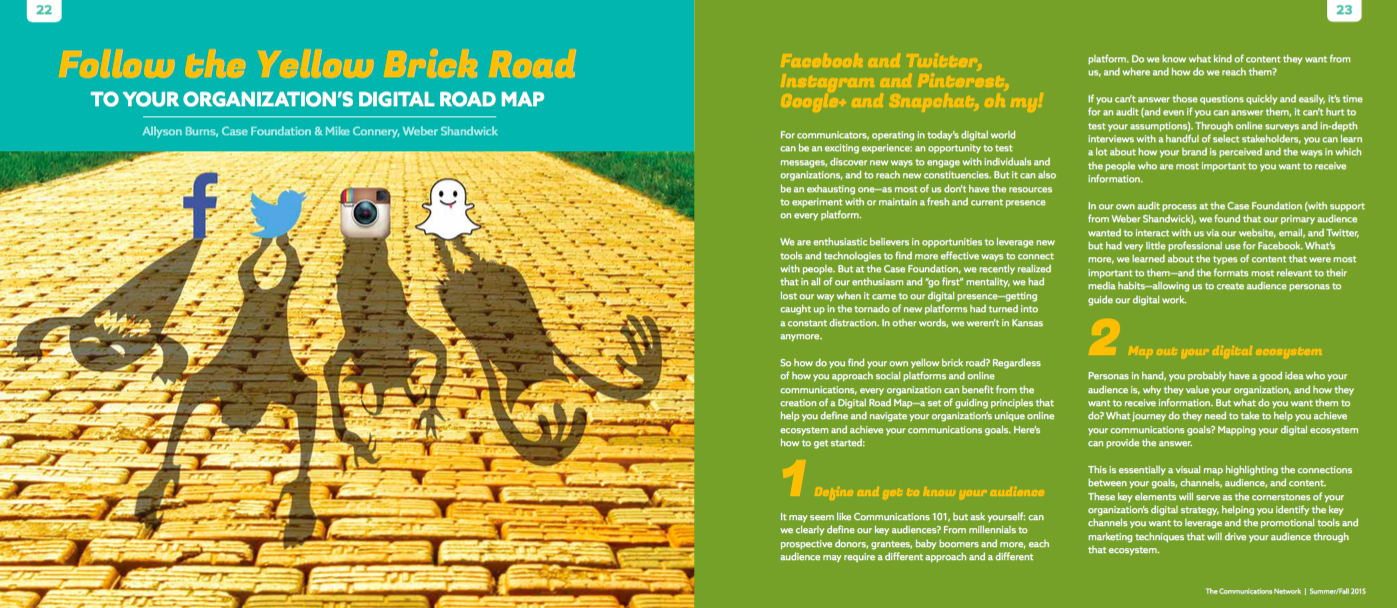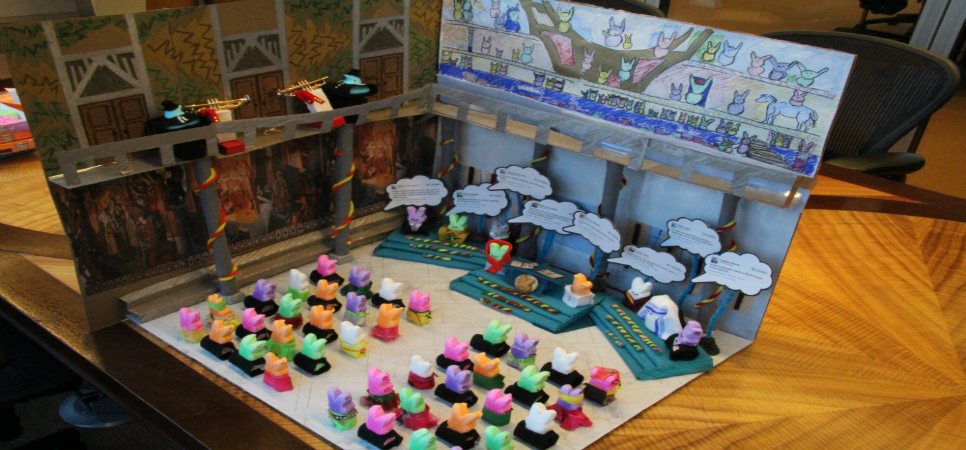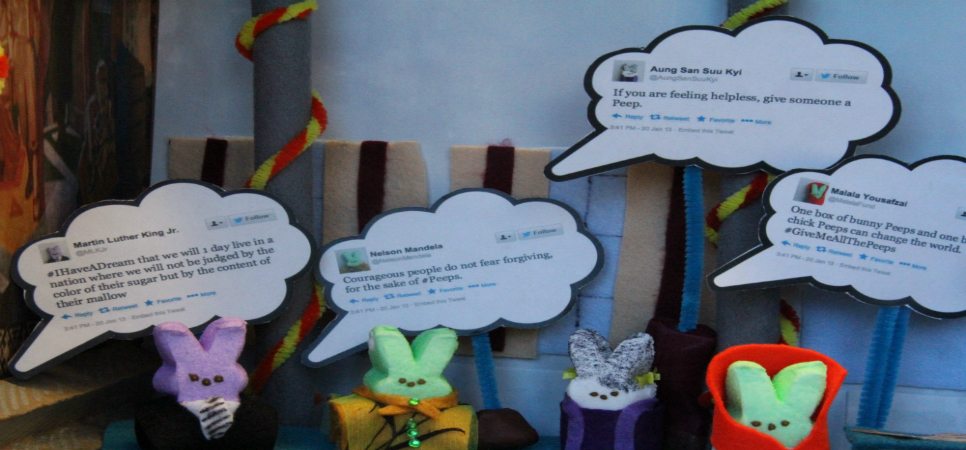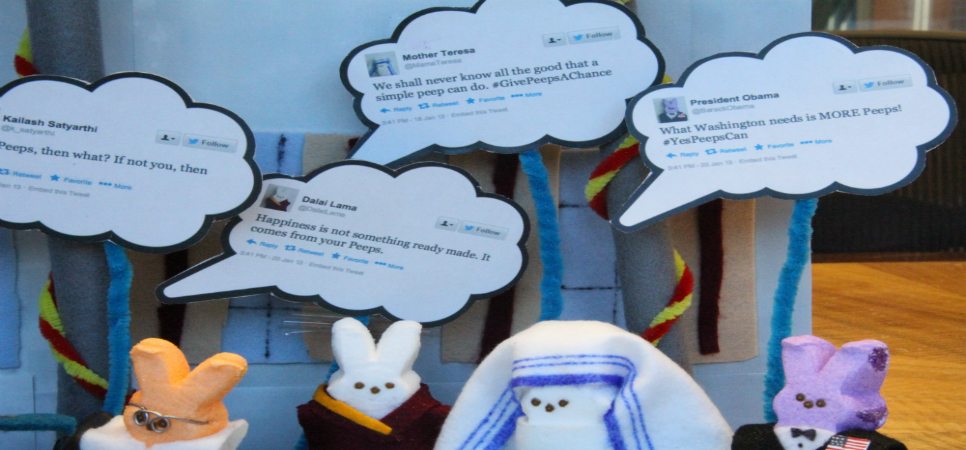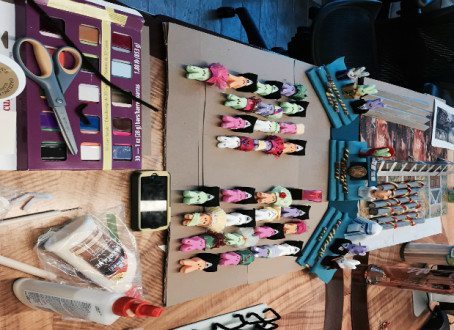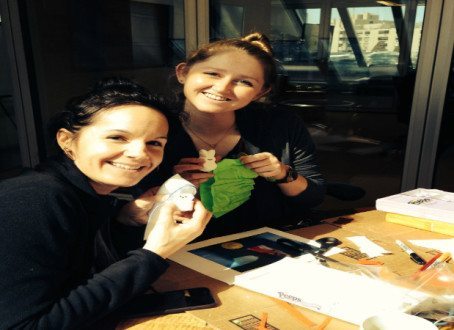More than 500 social sector communications professionals from foundations and organizations across the globe gathered this month for engaging dialogues on using the power of digital storytelling to drive social impact, demystifying design and the making of movements. They joined together for the Communications Network conference in San Diego themed “Making Ideas Move.” Fellow communicators from organizations like the Ford Foundation, Grantmakers for Effective Organizations, Carnegie Corporation of New York, Bill & Melinda Gates Foundation, Center for American Progress, Rockefeller Foundation, World Wildlife Fund, ONE Campaign and many others trekked to sunny California for the two-day learning event.
Here are highlights from two of the sessions that I participated in over the course of the convening and takeaways on how to move ideas forward, by making big bets and failing forward.
- Fireside Chat with Soledad O’BrienI had the pleasure of joining Soledad O’Brien, one of the most well respected working journalists of our time, on stage for a fireside discussion on opening day. Our talk included a discussion on: the changing dynamics of news agencies; the rise of Millennials and how they are consuming news; and her launch of Starfish Media Group. A multi-platform media production and distribution company, Starfish Media Group is dedicated to uncovering and producing empowering stories that take a challenging look at the often divisive issues of race, class, wealth, poverty and opportunity. O’Brien produces two hit series “Black in America” and “Latino in America,” which are among CNN’s most successful domestic and international franchises.
O’Brien also created the Starfish Foundation, an organization that sends young women to and through college. The organization has supported dozens of young women in their educational pursuits, believing that they too can succeed when faced with difficult circumstances. In her book, The Next Big Story: My Journey through the land of possibilities, O’Brien shares valuable lessons and insights into her journalistic career, many of which we discussed during our time on stage.
“My storytelling is an exploration of the world’s problems—that people have the potential to do good and make good and seize from the bad if they will only make a choice to do it,” she noted. O’Brien also shared her lessons on failure with the audience, saying, “Making mistakes should be about learning lessons, not wallowing in failure.” You can watch the complete interview, below (beginning at 14:55):
- “You’ve Got the “Big Idea”, How the Heck Do You Execute It?”I also joined the panel discussion “You’ve Got the “Big Idea,” How the Heck Do You Execute It?” with Kate Emanuel of the Ad Council, Alex Kennaugh of the Natural Resources Defense Council (NRDC) and Amy Levner of KaBOOM! We shared with attendees how communications can turn big, audacious goals into a tangible, executable and measurable strategy—that doesn’t take years to achieve—and how to use smart research to achieve those goals.
Case in point, NRDC aims to combat food waste in the U.S., where 40 percent of food goes uneaten equating to more than $165 billion in wasted food each year. Kennaugh explained how the NRDC published an essential guide called the Waste-Free Kitchen Handbook, packed with “engaging shopping checklists, creative recipes, practical strategies and educational infographics” offering an easy ways to save food and money. Meanwhile, Levner explained how research confirms that play—physically active, imaginative and interactive play—is a powerful, healthy living solution that benefits the whole child. KaBOOM! has teamed up with the 50 Fund and the NFL Foundation to support nine counties of the Bay Area alone, helping to transform sidewalks and spaces that encourage activity.
I look forward to joining Communications Network in 2016 as they head to Detroit and gather social sector leaders from foundations and nonprofits who share the belief that big ideas, coupled with smart and strategic communications, have the power to transform society, improve lives and change the world.
